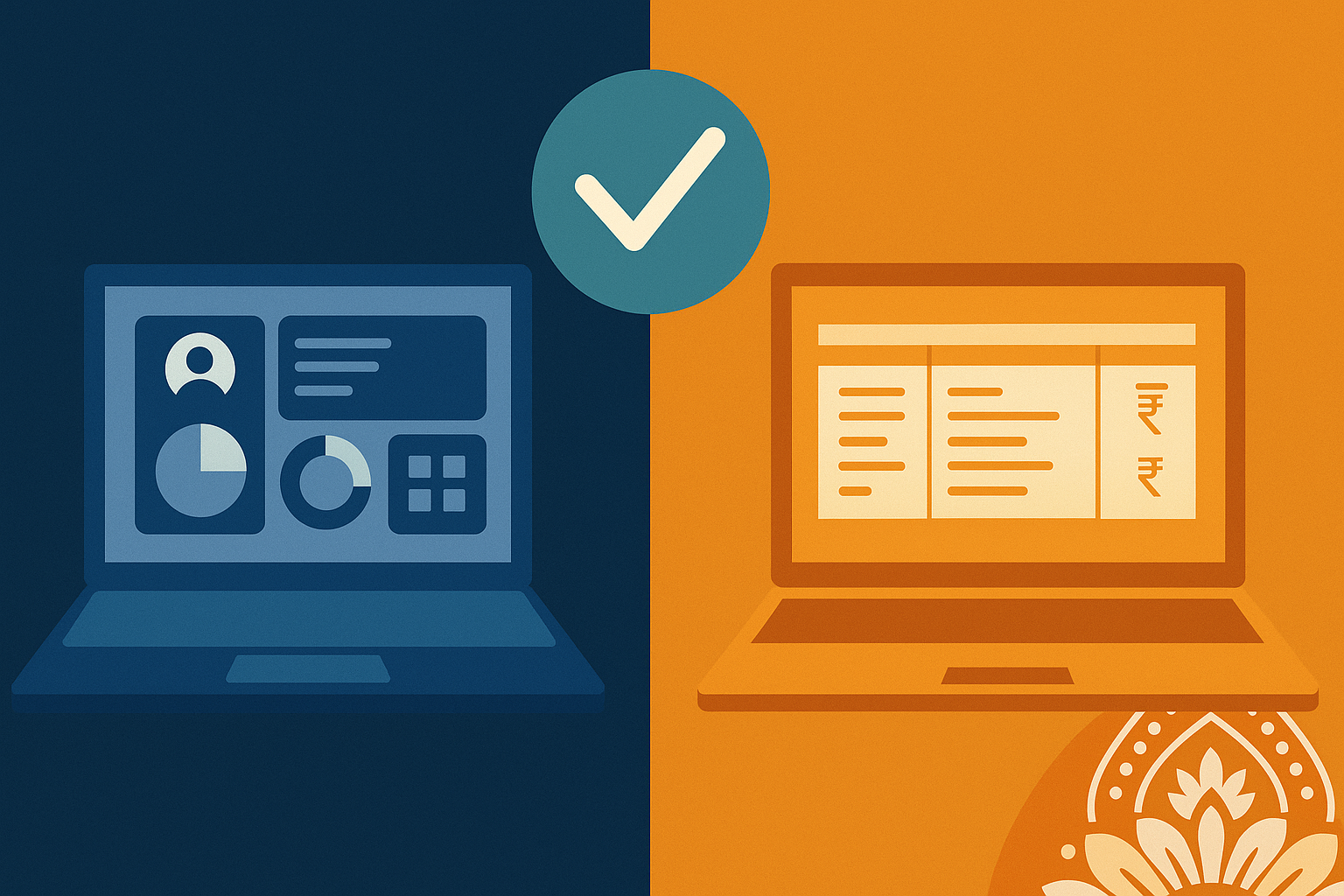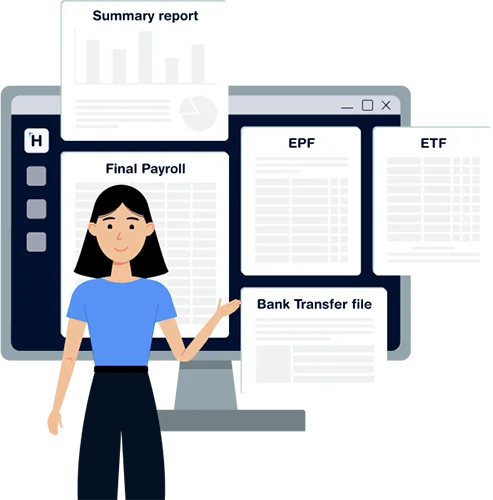Most Sri Lankan SMEs reach a point where they outgrow their spreadsheets. When that happens, they’re usually faced with a familiar question: should we go for a simple payroll system or a full HRIS?
The answer depends on what stage your business is in, how many people you’re managing, and how much time you spend each month dealing with HR and payroll admin.
Understanding the Basics: What’s the Difference?
A standalone payroll system focuses mainly on one thing, running monthly salaries. You upload staff details, enter hours worked or days absent, and the system generates payslips, bank files, and EPF/ETF reports (depending on the kind of system you use).
An HRIS (Human Resource Information System) goes beyond that. It combines payroll with leave tracking, attendance, document storage, onboarding forms, employee records, and sometimes even performance management.
In short:
- Payroll systems handle monthly pay and compliance
- HRIS platforms manage the entire employee lifecycle
Why Many SMEs Start with Payroll
For most small businesses in Sri Lanka, especially with under 10 employees, payroll is the first real challenge. Calculating EPF/ETF, tracking no-pay days, generating payslips, and meeting filing deadlines can take hours.
A standalone payroll system helps here. It’s quick to implement, easier to use, and doesn’t overwhelm the user with extra features they might not need yet. In fact, many local businesses prefer this route when starting off because it’s cost-effective and gets the job done.
When Does an HRIS Start to Make More Sense?
As your team grows, however, the admin piles up.
- You’re hiring more frequently, and onboarding becomes inconsistent.
- Leave requests come through WhatsApp, email, or word-of-mouth.
- Overtime and attendance data sits in different places, making payroll time more complicated.
- You don’t have a clear record of employee documents or updates.
This is when an HRIS becomes useful, not just to organise the mess, but to help you manage your team better. It provides a central place for everything HR-related, reduces your reliance on memory and scattered files, and brings consistency to your processes.
What SMEs Should Consider When Choosing Between an HRIS and a Standalone Payroll System
Here are a few key questions to ask before making the decision:
- How many employees do we have?
If you’re under 10 and just need to pay people on time with correct deductions, payroll software is a great start.
- Do we struggle with leave tracking, attendance, or onboarding?
If yes, you might already be feeling the need for HRIS features.
- Do we want flexibility to scale later?
Some local platforms allow you to start with payroll only and add HRIS modules as you grow.
- Do we have someone managing HR full-time?
If HR tasks are being handled by the business owner or a finance officer, automation and centralisation will save time.
The good news is you don’t have to commit to everything from day one. Several Sri Lankan tools offer modular solutions, where you start with payroll and add features like leave or employee records when you need them.
Decide Depending on the Size and Nature of Your SME Operation
There’s no one-size-fits-all answer. But if you’re an SME owner constantly chasing files, checking leave balances manually, or calculating overtime by hand, an HRIS might be the system that helps you breathe easier.
If you’re still in the early stages and need a quick way to run payroll and stay compliant, a standalone payroll system might be just what you need. The key is to find something that works for your current needs but can also grow with you.



